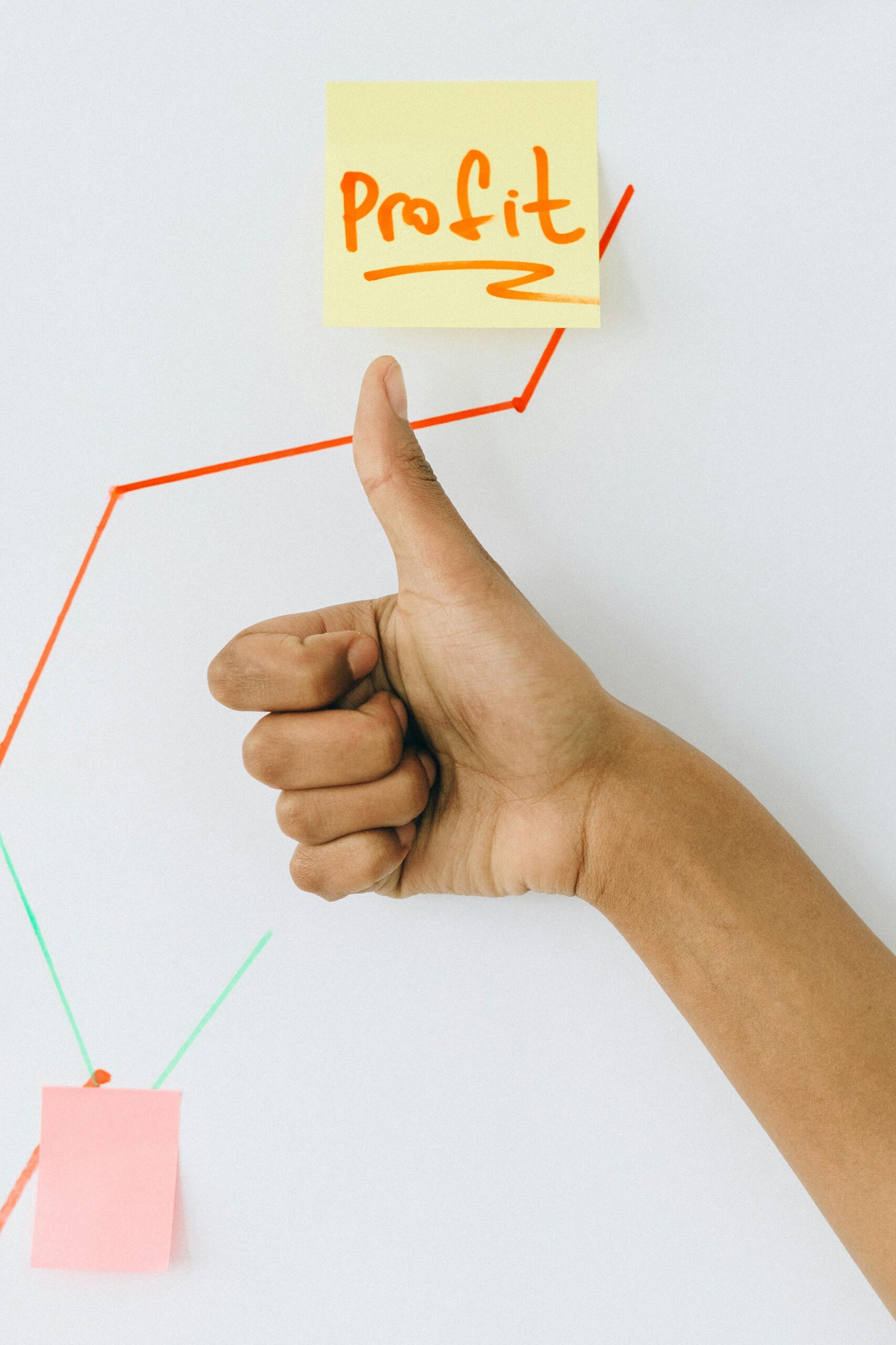If you’re anything like me, you probably started mining thinking it was just plug and play. Set up the rig, press go, and watch the crypto roll in, right? Yeah… not quite. What I quickly learned — sometimes the hard way — is that mining profitability isn’t just about hashrate or the latest gear. It’s about squeezing every bit of efficiency out of your setup.
Over the years, I’ve gone from running a single GPU in my garage to managing a small but optimized farm. And along the way, I’ve picked up a ton of tricks, tips, and hard-earned lessons. If you’re mining or planning to start, here’s how I’ve maximized my mining efficiency — and stayed profitable, even when the markets dipped.
1. Hardware: It’s Not Just About Power, It’s About Balance
Sure, everyone wants the latest GPUs or ASICs with monster hash rates. But high-end gear also pulls more power, generates more heat, and needs better airflow — all of which impact your bottom line.
When I started, I made the rookie mistake of going all-in on the highest-end GPUs I could afford. They were beasts… but my electric bill was worse.
Now I take a more measured approach. I balance performance with power efficiency (watts per MH/s). Sometimes a slightly older GPU with lower power draw and better ROI beats the flashy new card. Sites like WhatToMine help you compare hardware performance and profitability in real time.
2. Undervolting = Hidden Profit
One of the biggest game changers for me was learning to undervolt my GPUs. Out of the box, your card is usually running at higher voltages than it needs. By lowering the voltage while maintaining hashrate, you reduce power usage and heat — which means more profit and a longer lifespan for your gear.
I use tools like MSI Afterburner and Hive OS to tweak voltages and fan curves. It takes a bit of trial and error, but the results are worth it. I’ve seen 20–30% improvements in efficiency just by fine-tuning settings.
3. Stay Cool (Literally)
Heat is the silent killer of mining operations. Not only does it degrade your hardware over time, but it also causes throttling, which means less performance and more electricity wasted.
Early on, I had rigs overheating constantly — I’d walk into the garage and feel like I opened the door to a pizza oven. I’ve since upgraded to better airflow, positioned rigs strategically, and even experimented with open-frame rigs and custom fans.
For some setups, I even switched to mining at night during the cooler hours to reduce cooling costs. It sounds extreme, but it helps when every degree counts.
4. Electricity: Know Your Rates and Play Smart
Electricity is your biggest recurring cost. Period. If you’re paying standard residential rates (like I was in the beginning), you’re probably operating on thin margins.
I recommend:
- Mining during off-peak hours, if you’re on a time-of-use plan
- Checking local and regional providers — sometimes you can switch to cheaper commercial rates
- Using a kill-a-watt meter to measure your actual consumption — don’t just guess
Eventually, I moved my main rigs to a space with cheaper electricity. It made a huge difference in monthly profits.
5. Choose the Right Coin at the Right Time
Don’t get stuck only mining Bitcoin or Ethereum (especially now that ETH has gone Proof-of-Stake). I’ve made more in some months mining lesser-known altcoins and swapping them for BTC later.
Tools I use:
- WhatToMine.com – compare profitability across coins
- NiceHash – lets you mine the most profitable coin and get paid in BTC
- MiningPoolStats.stream – see pool stats and block production in real-time
Being flexible with what you mine can drastically improve profits — especially when difficulty spikes or network rewards shift.
6. Maintenance Matters
Dust is a miner’s enemy. I clean my rigs once a month, check thermal paste every 6–12 months, and monitor temps constantly.
I also keep logs of downtime, reboots, and hash rate changes. It might seem overkill, but catching issues early — like a failing fan or overheating memory — saves way more money than it costs in time.
Final Thoughts: It’s a Marathon, Not a Sprint
When I started, I was chasing short-term gains. Now I focus on sustainable mining — optimizing efficiency, lowering costs, and mining coins I believe in long-term.
Mining profitability will always ebb and flow with the market. But if you treat it like a business — monitoring power usage, optimizing performance, and protecting your gear — you’ll stay ahead of the curve, even when others are switching off.
Stay sharp, stay cool, and keep mining smart.




